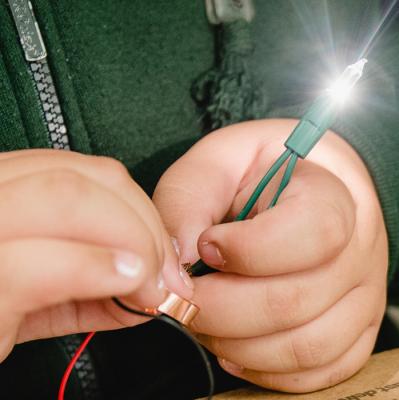A protocol for looking closely at content, considering perspectives and representation, and then redesigning or reimagining that content from one's own perspective. Try out the accompanying Learner Workbook!

A protocol for looking closely at content, considering perspectives and representation, and then redesigning or reimagining that content from one's own perspective. Try out the accompanying Learner Workbook!

This routine encourages divergent thinking by prompting students to think of new possibilities for an object or system. It can also encourage convergent thinking by giving students a basis from which to narrow down their ideas so they can redesign or hack an object or a system. Ultimately, this thinking routine is about finding opportunity and pursuing new ideas.

这个思考模式鼓励学生在一个特定的系统里思考不同人物的观点。其目标是帮助学生理解系统里的不同角色,他们会用什么形式去表达感受以及对系统里其他人物和事物的关心。


Educator Gus Goodwin shares how his students engage with the Agency by Design capacities during a design and engineering challenge, specifically highlighting the capacity Exploring Complexity.
Video by Alex Coppola
Featured photo by Jaime Chao Mignano

Inicialmente, essa rotina estimula o pensamento divergente, à medida que os estudantes pensam em novas possibilidades para um objeto ou um sistema; depois, o pensamento convergente é encorajado, à medida que os estudantes decidem a maneira mais eficaz de construir, explorar, re/desenhar ou hackear esse objeto ou esse sistema.

Oakland Learning Community Tatum Omari’s builds on her experience with system redesign to hack her daughter’s soccer gear.

A set of questions for students and educators that support critical inquiry and awareness when approaching human-designed objects and systems.

Agency by Design project manager Jen Ryan examines the use of the word maker and offers an alternative reframing for an emerging field.